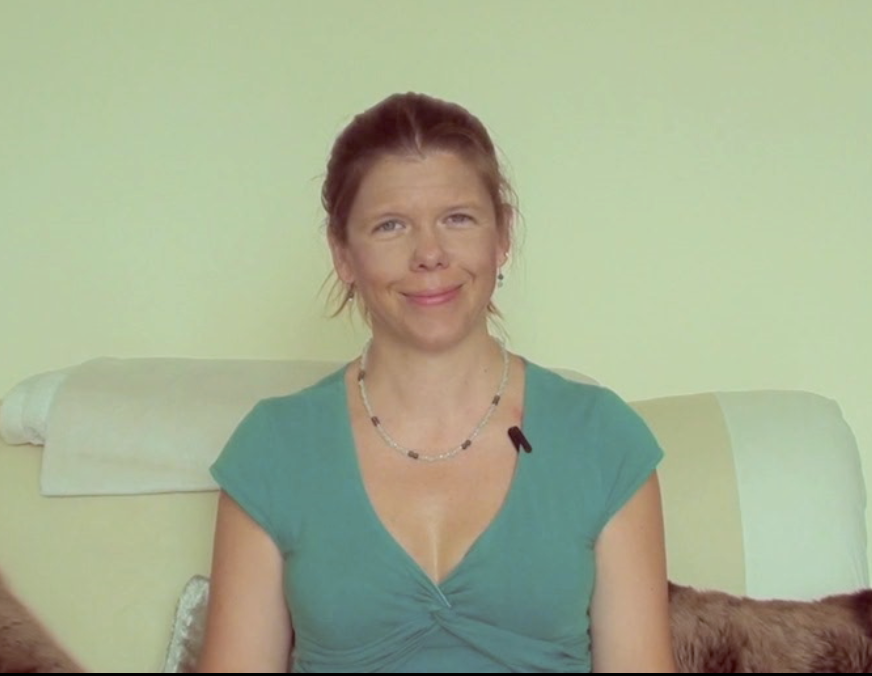One thing that most of us don’t do enough of is move.
And if we do move, we don’t necessarily move those parts that are most effected by our modern, device using lifestyles… like our shoulders.
Continue readingOne thing that most of us don’t do enough of is move.
And if we do move, we don’t necessarily move those parts that are most effected by our modern, device using lifestyles… like our shoulders.
Continue reading

(video) Posture can be an easy way to check in with yourself and begin to shift habits.
Notice what you do with your body when you are feeling strong emotions like anger, fear, sadness, etc versus when you are joyful, excited, happy and see physically what the differences are… Then start to notice how you hold yourself in general, even when you are not feeling any emotion very strongly.
Many of us hold ourselves in habitual postures of protection for instance, rounding our shoulders and shielding our chest.
What ever you do, as you notice you can begin to play with those postural habits, gently adjusting the body by taking a deep breath in allowing that to expand, straighten, relax or otherwise adjust to upright alignment.
This becomes a fun game.
How am I sitting, standing, lying right now? What will happen if I breathe into this?
What are your posture habits? What do you do to play with them?
Enjoy,
Elena
theJoyLab.net
Want to improve your posture?
Here are a few things I’ve done over the past year that have helped a lot. I like to play with these while running, so these are especially fun to do while moving.
Spinal Awareness – (From the) Bottom Up!
Spinal Tube
Spinal Tube with Navel Hold
Hip Space
Enjoy!,
What exercises do you do that improve your posture?